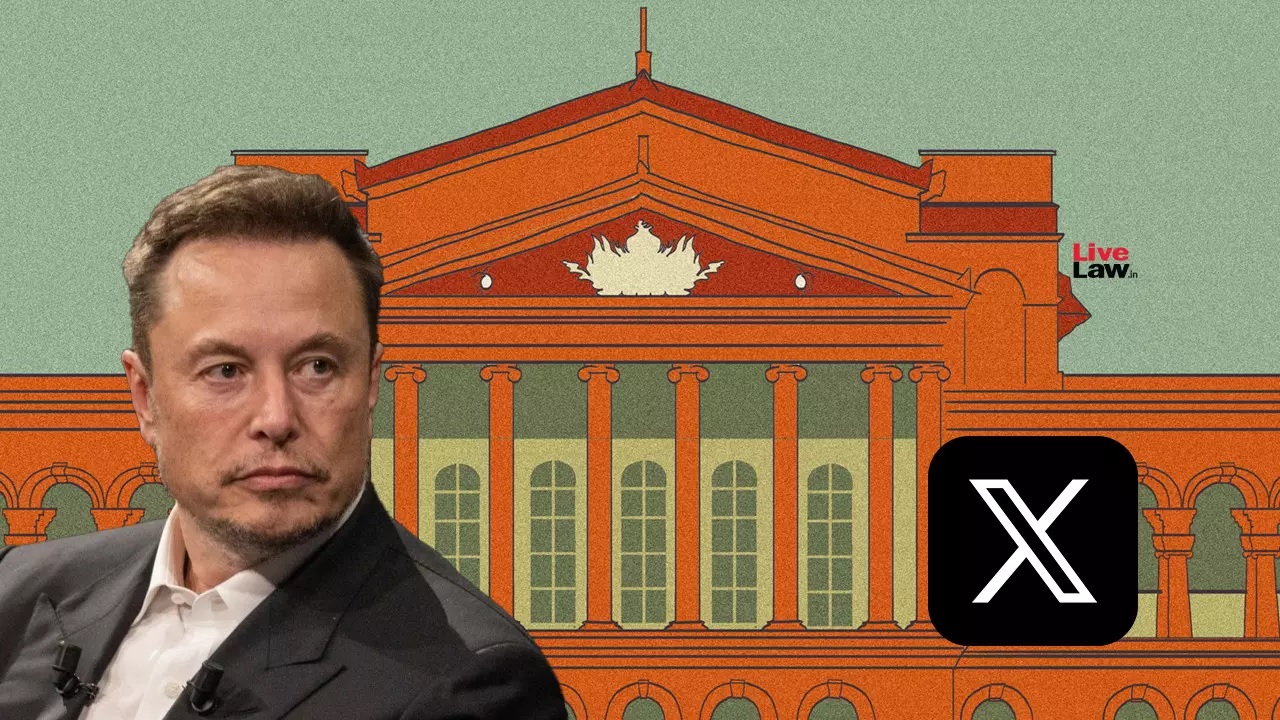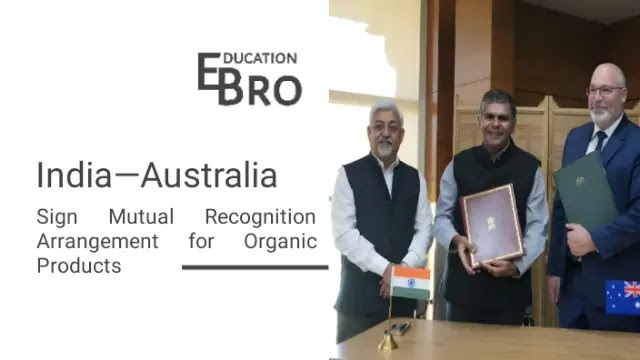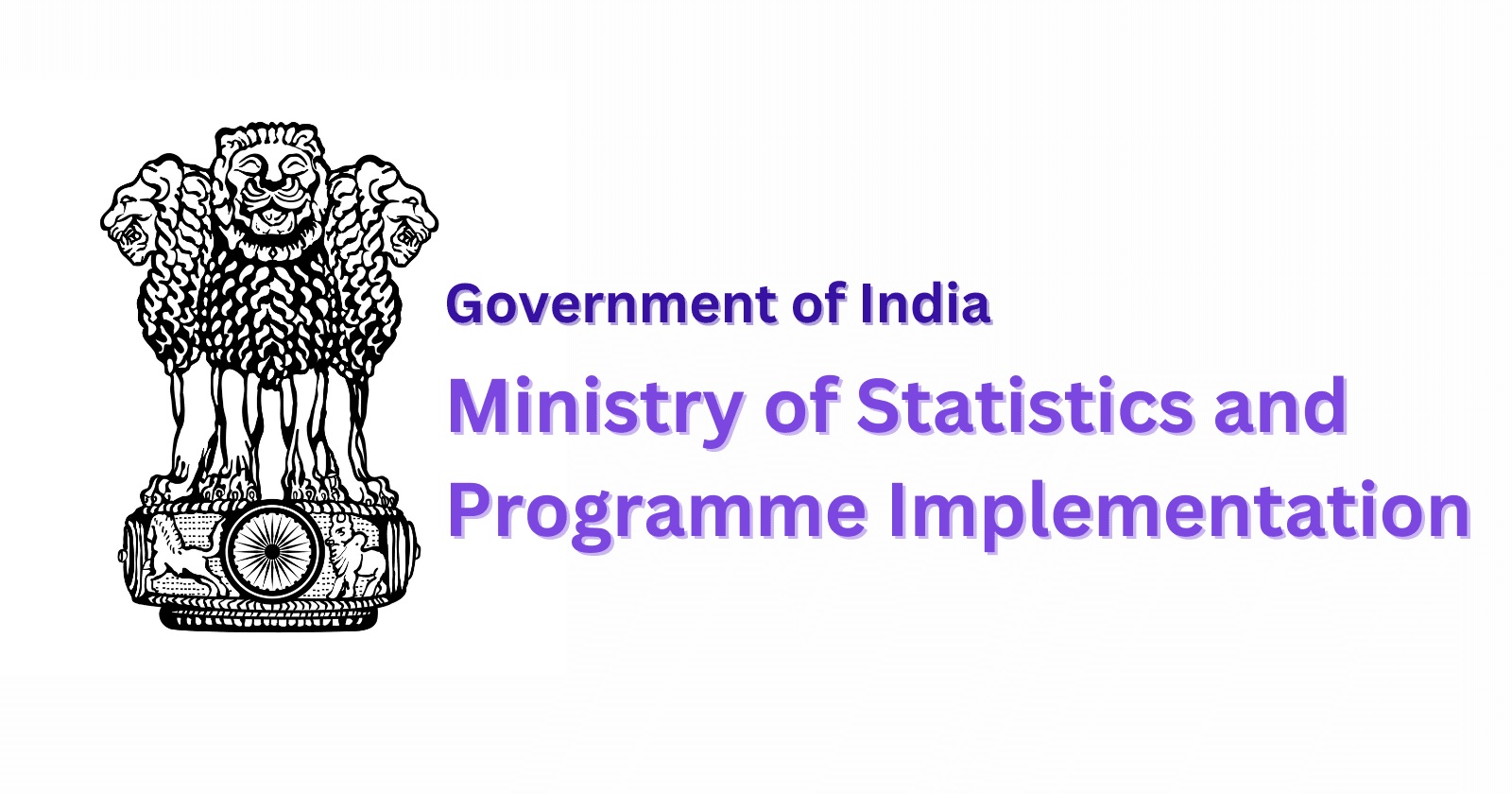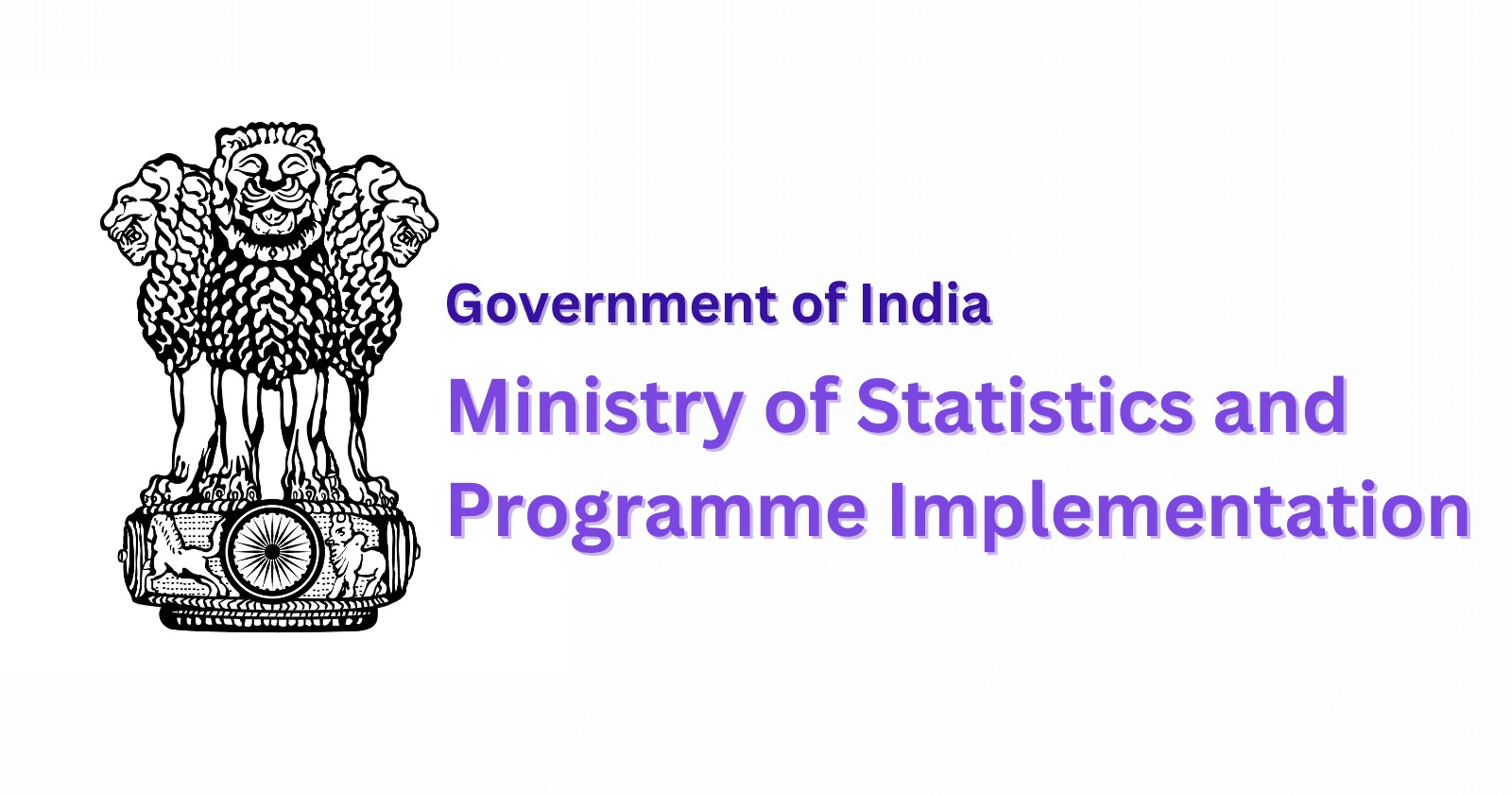Recently, the Karnataka High Court dismissed a
petition filed by X Corp (formerly Twitter) challenging the legality of the
“Sahyog Portal” launched by the Central Government.This judgment marks an important
development in India’s ongoing debate over digital governance, social media
accountability, and freedom of expression.
What Is the Case About
¨
The Central Government
developed the Sahyog Portal as an online platform to facilitate the
identification and removal of objectionable or unlawful content under Section
79(3)(B) of the Information Technology (IT) Act, 2000.
The portal aims to
¨
Establish quick and
transparent coordination between social media intermediaries and government
agencies.
¨
Ensure prompt action
against fake news, hate speech, and content violating Indian laws.
Karnataka High Court ruling
¨
Justice Nagaprasanna
described Sahyog as an “instrument of public good” and “beacon of cooperation
between citizen and intermediary” also vital for protecting women’s dignity.
¨
The court ruled that
Article 19 rights apply only to Indian citizens, and since X is a foreign
company, it cannot claim these protections.
¨
It also upheld the
validity of Sahyog and Section 79(3)(b) of the IT Act, stating that the 2021 IT
Rules require a fresh legal interpretation, distinct from the outdated 2011
rules considered in the Shreya Singhal case.
¨
Shreya Singhal case: The
court struck down Section 66A of the IT Act, 2000 ruling that it violates
freedom of speech and personal liberty.
Why Did X Challenge the Sahyog Portal in
Court
¨
In March 2025, Elon
Musk-owned X filed a writ petition in the Karnataka High Court, questioning the
legality of the Sahyog portal, which it labelled a “censorship portal.”
¨
The company argued that
the government was invoking Section 79(3)(b) of the IT Act to sidestep the
stricter and more transparent procedure under Section 69A thus creating a
“parallel” and “unlawful” censorship mechanism that lacked constitutional
protections.
Government’s Justification for the Sahyog
Portal
¨
The Union government
defended the Sahyog portal as a necessary regulatory tool, citing the
internet’s rapid, algorithm-driven content spread that demands stricter
oversight than traditional media.
¨
Rejecting claims of
creating a parallel censorship regime, the government clarified that Sections
79 and 69A function independently. The portal is merely an administrative
mechanism designed to enable swift action against illegal content online.
¨
The government also
challenged X Corp’s locus standi, noting that as a foreign company, it cannot
claim fundamental rights under Article 19, which protects freedom of speech and
expression exclusively for Indian citizens.
¨
Additionally, the
government highlighted that X remains the only major intermediary yet to
integrate with Sahyog.
Key Provisions of the IT Act, 2000 —
Comparative Table
|
No. |
Section |
Subject |
Purpose |
Key Provisions |
Current Status |
|
1 |
Section 66(A) |
Sending offensive or false messages online |
To penalize any person who sends offensive, false, or misleading
information through electronic means |
- Made it punishable to send messages that are “offensive,” “menacing,”
or “false” through a computer or social media. |
Struck down — In Shreya Singhal vs.
Union of India (2015), the Supreme Court declared
it unconstitutional, citing violation of freedom of speech. |
|
2 |
Section 69 |
Surveillance,
interception, and decryption of information |
To empower
the government to intercept, monitor, or decrypt any information
in the interest of national security or public order |
- The
government may order interception or decryption if it is necessary for national
security, public order, or crime prevention. |
In
force — Still valid, though there are ongoing concerns
regarding privacy and misuse. |
|
3 |
Section 79 |
Intermediary liability (for platforms like X, Meta, YouTube, etc.) |
To define the legal responsibility of online platforms
and intermediaries |
- If a platform fails to remove unlawful content after receiving notice
from the government or court, it can be held liable. |




